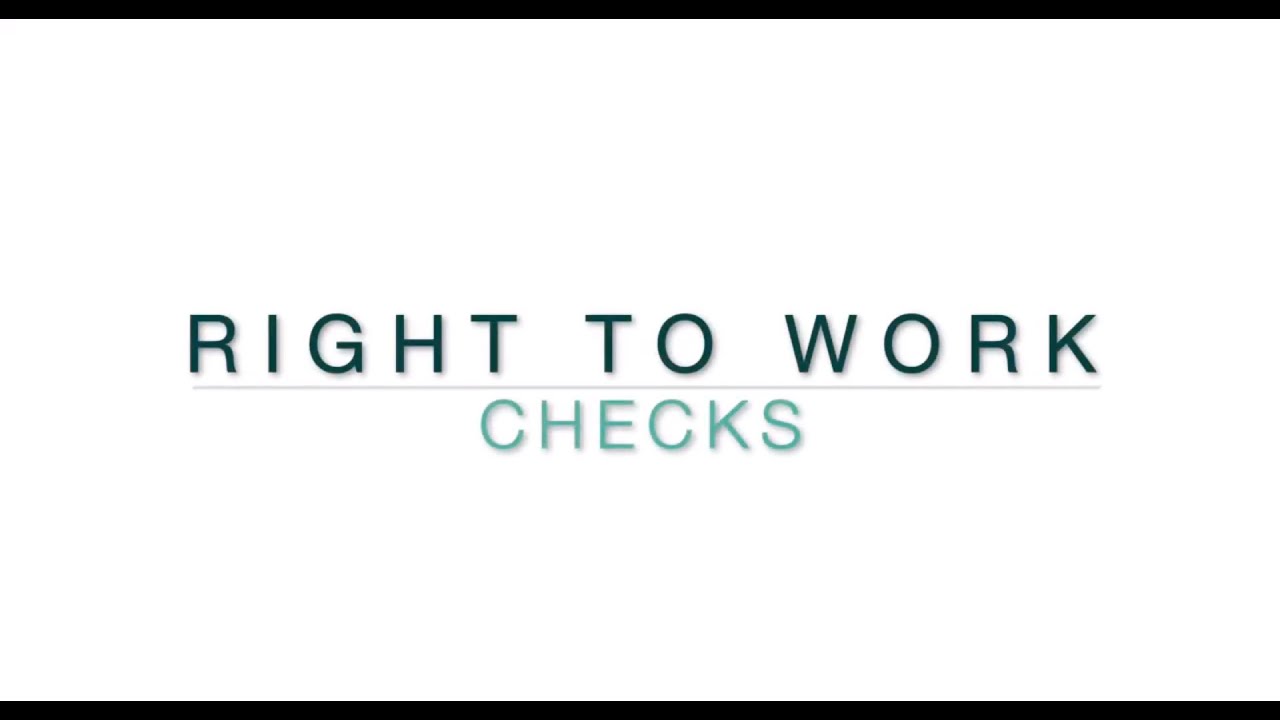The right to request flexible working was first introduced under the Employment Act 2002. In 2007, this was expanded to include caring for adult relatives. Under the Flexible Working Regulations 2014, it stopped being necessary to be a carer in order to be eligible.
In 2020, at the start of the Covid-19 pandemic, we were told to work from home wherever possible, and lo and behold millions of people found that they could do so, reasonably effectively and safely. As returning back to offices became possible once more, 2021 saw a further increase in requests, particularly people asking to work at home some or all of the time.
In theory, the penalty for employers getting it wrong is not big, i.e. up to 8 weeks’ pay at up to £571 per week, but there are other risks:
- Raising a grievance
- Leaving for a ‘better employer’
- Claiming constructive unfair dismissal
- Making a discrimination claim
The biggest risk is a discrimination claim with the scope for unlimited compensation.
There are positives to flexible working requests. The CIPD believe that flexible working has clear business benefits for organisations and individuals. Quality flexible working can help attract talent, improve employee job satisfaction and loyalty, reduce absenteeism, enhance wellbeing, and make businesses more responsive to change. There are many flexible working options for employees to choose from. Options are not limited to shorter hours or working from home (WFH). Alternatives include, staggered hours, flexitime, compressed hours, job sharing and hybrid working.
Hybrid working is where employees travel into the workplace for some of the week and work remotely for the remainder. This is likely to become more prevalent. It also has the benefit of allowing employers to save money by reducing their office space. We have seen a tendency for employers to come up with Hybrid Working policies and think this will be a sound defence if people request something different. This may help but policy is not one of the eight valid business reasons for saying no to a request for something which better suits the employee.
What to do
The first thing to do is to ensure that the employee has set out clearly what they want, and that they have documented how they think that any adverse effects to the employer can be overcome. Many employees overlook this stage, as their primary focus is ‘it’s all about them’.
It is advisable to follow the process set out in your Employee Handbook. The whole process should take less than 3 months, and in our experience, it usually takes much less. Unless an extension is agreed with the employee, you have 3 months from receipt to consider the request and issue a decision, and follow an appeal process if so requested. It is no longer necessary to do every stage within prescribed timescales, but we would always advise employers to be prompt and avoid unnecessary delays. If there are good reasons for delay, e.g. holidays, agree this with the employee and document it.
Unless you are simply accepting the request, a meeting should be arranged with the employee as soon as possible following receipt to discuss the request. After the meeting, you should send a letter to the employee setting out your decision and the right of appeal. An appeal meeting should be held as soon as possible after the appeal is lodged, and the outcome communicated as soon as possible following the meeting.
You must be able to justify your decision. A thorough factual investigation of the viability of the working pattern sought is key. You should gather as much information as possible to allow you to assess the request fully. Be wary of views such as ‘we do not have part time jobs’ or “it will set a precedent”, these are not valid responses.
Where a request cannot be agreed, think about other options that could be reached as a compromise solution. This is your chance to show that you are a reasonable employer with a ‘can-do’ approach to problem solving and compromise, which Tribunals will look favourably upon.
Conduct the meeting with a positive attitude which demonstrates the spirit of actively trying to reach an outcome that works for both of you. Be careful not to be dismissive (or to be seen to be dismissive) of the proposal from the outset. The purpose of the meeting is to explore the request with the employee and to consider all the options.
We have reproduced the ACAS Guidance on handling the meeting:
Discussing the request
You should set up a meeting to discuss the request with your employee before deciding.
It can help to talk about:
- the change they’re asking for
- why they want the change
- any problems you see with making the change
- any other options, if the change is not possible
It’s a good idea to hold the meeting somewhere private, where you can talk confidentially. If you cannot meet face to face, you could also discuss it over the phone.
If your employee wants to bring someone to the meeting
Your employee might ask to bring someone to a flexible request meeting, for example a co-worker or trade union representative.
There’s no legal right for them to bring someone, but it’s good practice to allow it.
Allowing the employee to bring someone can:
- show your process is open and fair
- make the meeting more relaxed
- reduce anxiety or stress for your employee
- give your employee someone to talk through their options with
Decide based on logic and the facts of each case avoiding the fear that you might ‘open a can of worms’. Just because you are able to agree the arrangement for one person does not mean you will be able to do so for another.
Ensure that a refusal falls within at least one of the prescribed business grounds. This needs to be clearly stated in your explanation of why the ground(s) apply. The prescribed business grounds are currently:
- the burden of additional costs;
- detrimental effect on ability to meet customer demand;
- inability to reorganise work among existing staff;
- inability to recruit additional staff;
- detrimental impact on quality;
- detrimental impact on performance;
- insufficiency of work during the periods the employee proposes to work; and
- planned structural changes;
We would recommend explaining all the relevant reasons not just reciting them.
Issues Arising
You might receive multiple requests within a team. Consider the potential impact of granting all of the requests. If this is not possible, then adopt a fair system to decide which requests are granted and which are not. It can be difficult for employers to achieve a balance and make fair decisions when managing multiple requests, especially when requests made for childcare reasons could be riskier to decline compared to those made for personal reasons. As requests can now be made for any reason, perhaps the fairest approach is to deal with the requests on a first come first served basis, and accept as many as are workable. However, it is always worth carrying out a ‘risk assessment’ to identify which (if any) are most likely to lead to claims against the organisation if refused and making your decision based on those risks.
Legislation does not specifically provide for the use of trial periods as such, but it remains open for an employer and employee to agree the terms on which any new arrangements are entered into, including that they will apply initially only for a set period of time and are subject to review. Trial periods can work for both parties because once agreed, the changes are a permanent change and the employee should not be allowed to make more than one request a year.
You should carefully monitor how well (or badly) it is working, and notify the employee of the outcome of the trial period. Issue a new or amended contract to reflect the new arrangement and the start date (or at least ensure there is a clearly documented variation to the contract). You should make it clear to the employee that this is a permanent change, and they can only request a further change after twelve months. Ideally, the employee should sign a copy of the revised contract which you can then retain in their personnel file.
The employee cannot insist on a trial period, although in appropriate cases an employee may be able to argue that an employer should have offered a trial period as part of dealing reasonably with their request. An employer may, therefore, need to consider using trial periods and be ready to explain why a trial period was not feasible in cases where it rejects a request. The length of a trial period should be no longer than required to make a fair assessment of the proposed arrangements.
It is well to remember our mantra:
It is a right to request, not a right to demand and receive
We would, however, advise clients to keep an open mind, and seek to solve the problem fairly and positively.
CIPD View
Sensible guidance from the CIPD Includes:
- Try to encourage a creative approach to flexible working for all employees – even in job roles that haven’t traditionally been seen as suitable for flexible working.
- Ensure full-time jobs are not squeezed into part-time hours.
- Ensure ongoing access to development and career conversations for flexible workers.
- Measure and evaluate flexible working, and learn from trials using quantitative and qualitative measures.
- Consider the facilitators and barriers at manager, team and individual levels.
In our experience, individual Managers can still be dismissive about whether flexible working ‘will work here’. They may lack experience of managing flexibility, have met difficulties with it in the past, or simply feel they have too few resources to make it work. Busy Managers may also resist any change that they think might be disruptive or add to their own workload. It is important to acknowledge such concerns. They need to be given positive suggestions for how to overcome them, and be able to point to possible benefits of trying a new approach. Just because you have had a negative one-off experience with flexible working, or lack confidence or trust in managing people more flexibly, this is not a good enough reason to refuse a request. Each application must be treated on its merits.
Except for pregnancy itself, requests are not confined to women. Employers need to remember that men can also bring flexible working requests, and you no longer have to be a carer of a child or relative to do so – it is about personal choice.
Flexible working is a hot political issue, with many demands for reform, so the Department for Business, Energy and Industrial Strategy published its consultation document on how the proposed overhaul would work in practice. There are several proposals under consultation: including making it a day one right to request flexible working; assessing whether the eight proscribed reasons are still valid; requiring employers to suggest alternatives if rejecting the request; and using flexible working on a temporary basis. Any change is unlikely to take effect quickly.
The CIPD has published new practical guidance on hybrid working, to supplement guidance recently published by ACAS on the same topic. Both publications were commissioned by the Government’s flexible working taskforce, which has recommended that flexible working should become the ‘default’ for all workers.
However, the pandemic has clearly demonstrated the opportunities offered by new ways of working. It is impossible to visualise things going back to the way they were. With roles where flexible working arrangements are possible, both employers and employees can reap the benefits – particularly around attracting and retaining diverse talent, and living up to corporate culture and values. The expectations of both employees and employers have shifted. Employers who can offer a full range of flexible working models and not just pay lip service to the statutory regime will be seen as progressive and looked on favourably by those who value these arrangements. Flexible working has now become a vital tool in attracting and retaining the best talent.
You are welcome to raise any questions with our Consultants, who will be pleased to advise you on any element of the issues arising from this newsletter.




